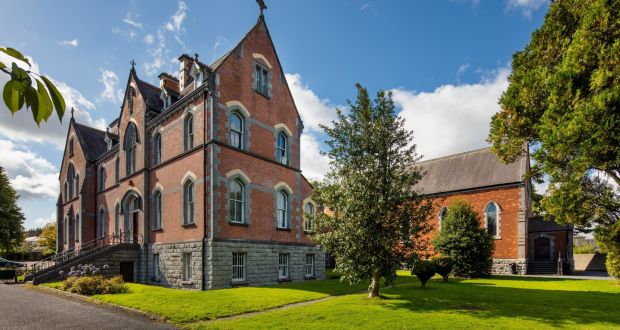The new owners of a former seminary, sold earlier this year for over €16 million, are likely to face serious restrictions in developing the site, The Irish Catholic understands.
St Mary’s Carmelite Seminary, off Donnybrook’s Bloomfield Avenue, was placed on the open market last October, with joint agents GVA Donal Ó Buachalla and WK Nolan Property seeking offers of more than €10 million for the 19th-Century property. The property is believed to have been sold to a leading hotelier for more than €6 million above the guide price.
However, efforts are afoot for Dublin City Council to have major parts of the site listed as protected structures of regional significance.
Labour Party Councillor Mary Freehill, who first put forward a motion to this effect in March told The Irish Catholic that an examination of the site’s significance is currently afoot, and that the council will consider how to act when it has received a report on the site.
Explaining that her proposal came from “a conservation point of view”, she said she made the original proposal because “An Taisce were concerned and some locals were concerned”. It is understood that locals previously assumed the structures were already protected.
It is proposed that the original red-brick 1888 seminary building and the 1896 chapel, both of which are built in a Gothic Revival style, should be protected along with an adjoining section and boundary walls dating from about 1800.
Permission
“It is now a legal offense to alter the character of a protected structure without planning permission,” Aughey O’Flaherty Architects told The Irish Catholic, adding that while fixtures and features can also be protected, “the perception that little or nothing can be done to a protected structure is false”.
Explaining that work sensitive to a structure’s special interest can be done, the conservation architecture firm said this needs clearance in advance, with insensitive work or work detracting from a structure’s character typically not being given clearance.
Major work such as the conversion of a chapel into a ballroom would require consultation, the firm said, noting that “in such complex situations, a consultation with the planning authorities is advised, as this also implies a change of use for the structure in question”.
Such changes are, however, “not unachievable”, they said.


 Greg Daly
Greg Daly St Mary’s Carmelite Seminary, off Donnybrook’s Bloomfield Avenue.
St Mary’s Carmelite Seminary, off Donnybrook’s Bloomfield Avenue. 